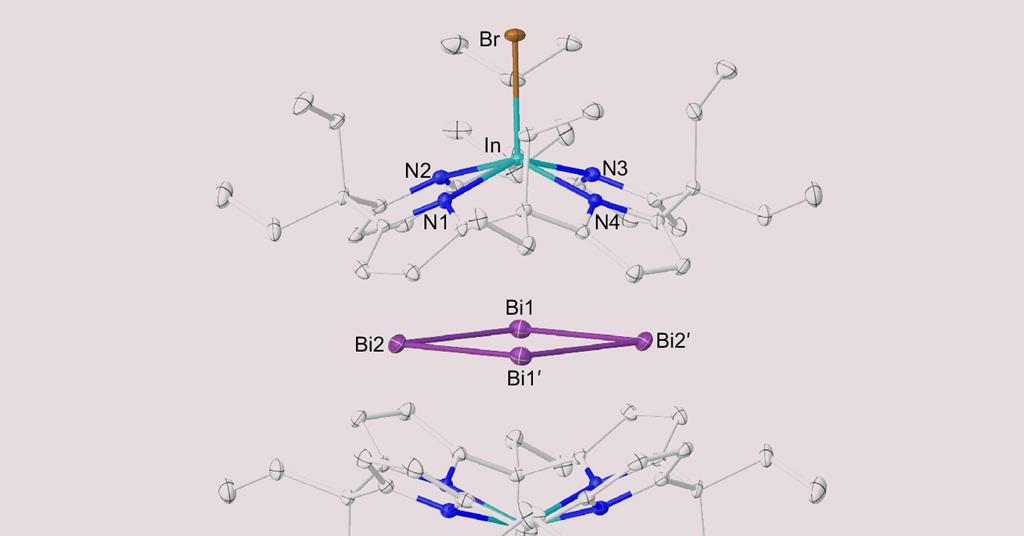In a groundbreaking discovery, German researchers have successfully isolated a four-atom bismuth species that exhibits aromatic bonding character. This achievement marks the first time an all-metal ring with aromatic properties has been created in a laboratory setting. The significance of this finding has prompted researchers to reconsider our understanding of aromaticity in materials containing heavier elements.
Aromaticity, a concept that has puzzled chemists for centuries, continues to present challenges in the field of chemistry. While many are familiar with aromatic carbon rings like benzene, attempts to create similar structures using metal atoms have been met with difficulty. Previous discoveries include the spectroscopic detection of the aromatic all-metal species Al42˗ in 2001 and the antiaromatic Al44˗ in 2003. However, aromatic metal rings composed of elements such as gallium, gold, and thorium have only been isolated in the lab when stabilized by covalently bonded non-metal substituents.
The team of researchers, led by Florian Weigend and Lutz Greb, was able to isolate a cationic Bi44+ aromatic ring. This unique species features a planar rhomboid shape and is situated non-covalently between two shells, each containing an indium bromide core bound within a cyclic ligand made up of four pyrrole units. The researchers observed that the Bi44+ ring shares the same electronic structure as the antiaromatic Al44˗ species, indicating that the charge distribution around an ionic aromatic metal ring can influence its bonding character. This discovery adds complexity to discussions surrounding the Hückel model of aromaticity, which the researchers note is more applicable for second-row elements than their heavier counterparts.
